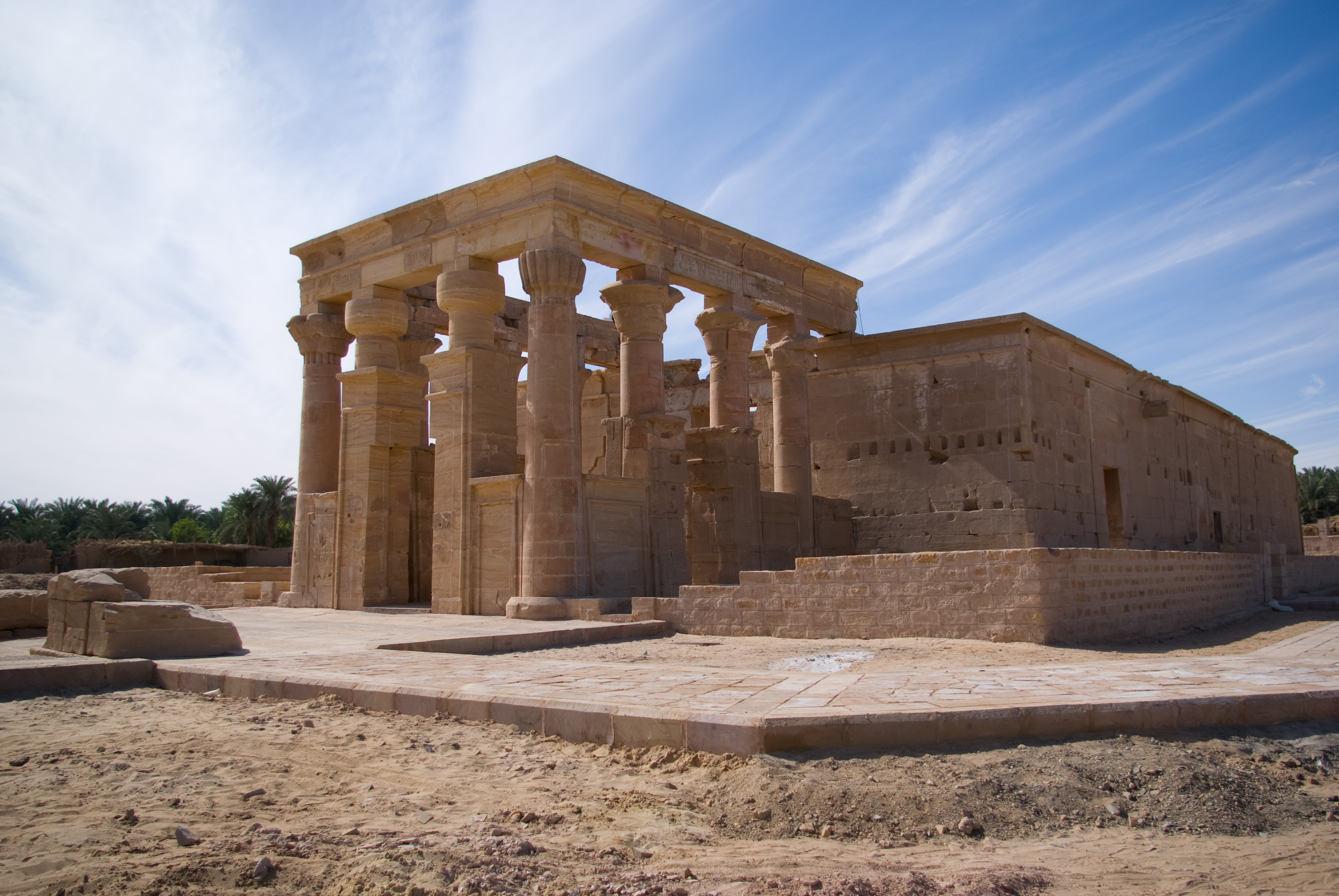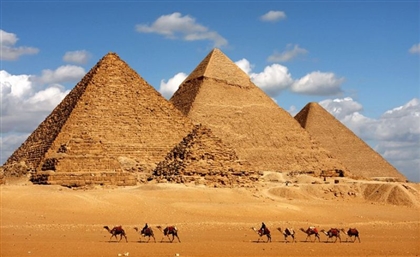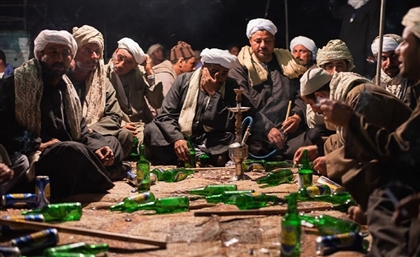The Temple of Hibis Re-opens After 10 Years of Renovation
After a decade of construction due to severe damage, the Temple of Hibis in Egypt's Al-Kharga Oasis can now be accessed by anyone.

Minister of Antiques, Mamdouh al Damaty, will initiate the opening of the Hibis Temple after 10 years of renovation. The temple was dedicated to the Amun, also known as the Lord of Hibis, the largest temple in the Al-Kharga Oasis. The 2,500-year-old temple had been harshly damaged by groundwater and farming irrigation happenings, explains Damaty.
An additional problem was Ahmed Fakhry’s attempt to save the temple by adding ceramic ceilings, therefore creating more pressure on the walls and risking the building collapsing. After this incident, the temple was declared off limits by the government in order to protect its remains. “The 72-million EGP ($90 million) project started in 2005 and included the restoration of the temple’s walls, carvings and paintings along with the drainage of groundwater present from the agricultural lands surrounding the temple,” Damaty explains to Youm7.
A 13-meter deep double wall was constructed to prevent leaking and any further damage. “The renovation project was entirely carried out by Egyptian experts from the Antiquities Ministry. Its opening comes in the framework of the ministry’s strategy to introduce new points of interest to Egypt’s tourism movement,” Damaty says to Youm7.
The temple of Hibis is the perfect example of a Persian Period temple in Egypt; the temple dates back to the 27th Dynasty and the rule of the Persian leader Darius I. Compared to the hard-hitting sand over time, the temple is somewhat well preserved. Its interior holds a local style of art that has not been studied until recently. Its fine religious iconography was constructed on local limestone blocks, however, some are not as clear as before. One of the walls contains distinctive paintings of Seth, god of the desert oases, with a head of a falcon displaying a fight with the serpent Apophis. Furthermore, constructed over the grounds of the shrine of Amun, parts of the temple illustrate the shift between New Kingdom and Ptolemaic architecture. In addition, there are multiple stairs and side-chambers that lead up to the roof; which contained large chambers dedicated to Osiris, god of the dead.
- Previous Article #GetScene: 7 Awesome Instagram Photos This Week
- Next Article 10 Strictly Egyptian Moustaches That Will Inspire You This Movember
























